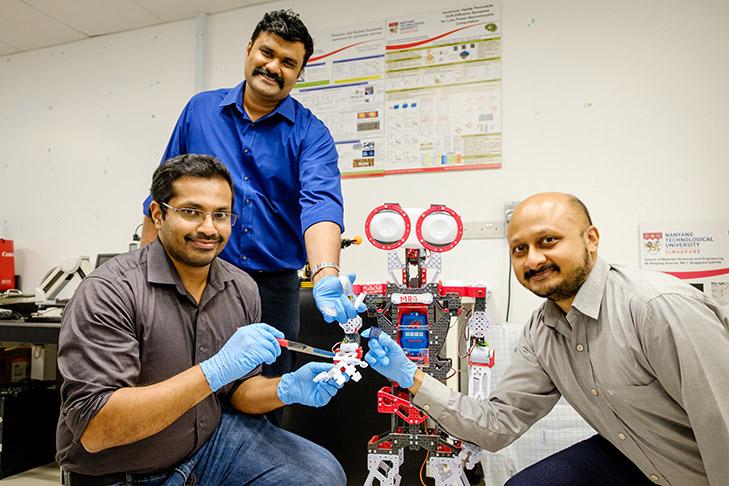Robots Recognizing Pain? It’s Possible with Mini-Brains

Robots function with the help of computer technology. Therefore, they do what they are programmed to do, whether the task is large or small. Even a small robot can lift a load many times bigger and heavier than it.
Many institutions and facilities are using robots to provide palliative care, therapy, and other forms of healthcare treatments to many patients. These robots come in all sizes, with some created similar to humans, while others are created like gentle animals. But despite the things that these robots can do, they do not have feelings and emotions.
The sensors on robots today can generate information about the immediate environment they are in, based on the purpose of their creation. Microphone and camera sensors on disaster rescue robots allow them to locate survivors even if they are buried underneath debris. The touch sensors on the arms of robots guide them in pulling the person out.
An assembly line factory robot uses its vision to guide its arm to move in the right direction. Touch sensors ascertain if a picked up item is slipping.
A central processing unit (CPU) processes all the information the sensors receive. Thus, existing robots have a network of wires attached to the CPU, which can cause a delay in response. Any damage can cause the robot to stop working, and the maintenance and repair can be expensive.
But things are about to change.
Using artificial intelligence
Scientists from Singapore’s Nanyang Technological University (NTU) scientists are using artificial intelligence to create mini-brains that will make robots do self-repair and recognize pain.
Their study, which was published in the Nature Communications journal, described the system they developed, with sensor nodes using embedded AI to make robots process and respond to pain. This is pain arising from physical pressure. If the physical force creates damage to the robot, it will be able to repair itself.

Mini brains, pain recognition and self-repair
According to one of the lead authors of the study, Associate Professor Arindam Basu, what they want to create is a robot that can safely work and interact with humans. They are looking for ways to make robots have a sense of awareness, such as the ability to feel pain, as well as hold out when the operating conditions become harsh.
Their most recent development is the creation of mini-brains, by embedding AI into the multitude sensor nodes on a robot and connecting them to smaller processing units that function like mini-brains located on the robotic skin. With the method, the learning is local. Likewise, the wiring needs and the response time are greatly minimized. Combining the system with a self-healing ion gel allows the robot to regain its mechanical functions without help from humans.
The researchers created memtransistors to teach a robot to recognize pain and repair itself. Memtransistors are electronic devices that function similarly to the human brain. These small transistors can process memory and information. In the lab experiments of the team from NTU, they showed how the robot responds to minor injuries, repair itself and continue to function normally after the damage, proving that the system they created is robust and scalable.
The researchers see a bright future for their discovery. It opens the path to further development of the system, which will allow effective interaction between humans and robots.